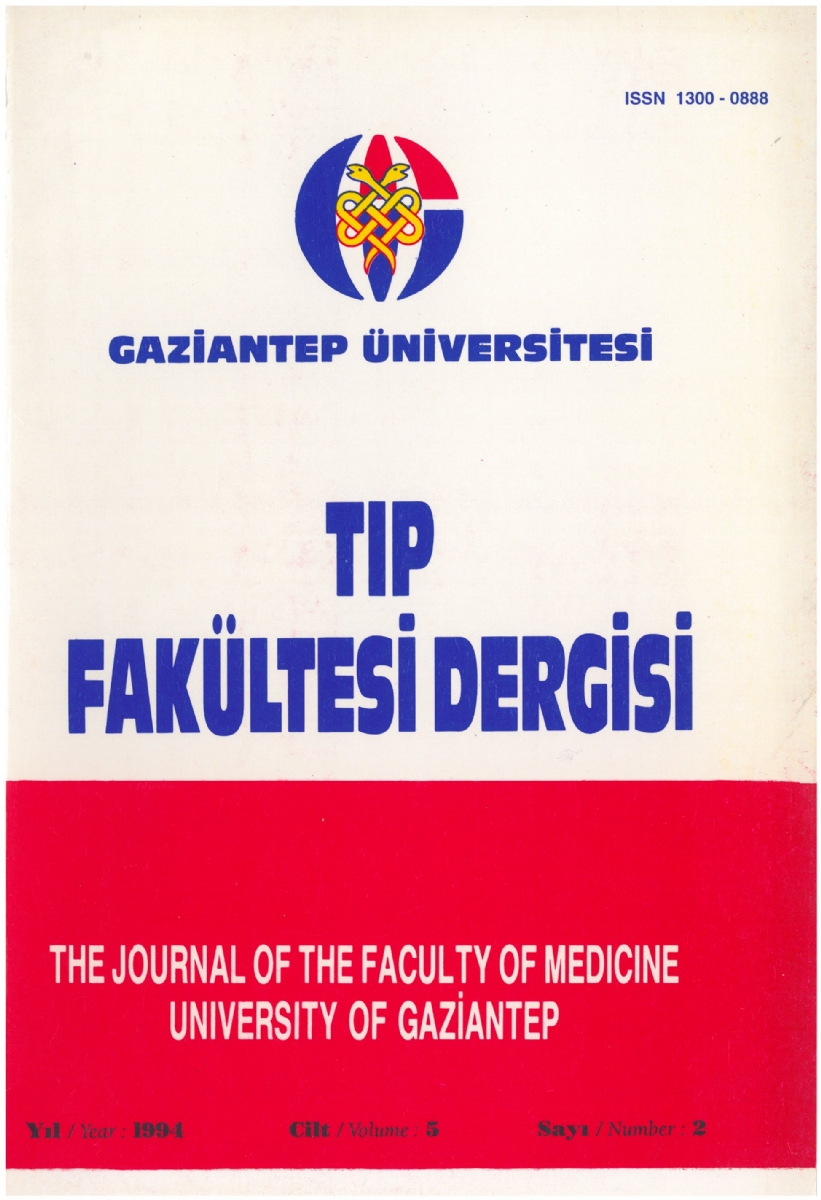Hypotensive Effects and Toxicological Profile of Mulberry Tree Root Barks
DOI:
https://doi.org/10.58600/eurjther.1994-5-2-1014-archKeywords:
Morus alba L, Morus nigra L, hypotensive effectAbstract
The root bark of the mulberry tree has been used in Chinese Herbal Medicine. Some hypotensive compounds have been isolated from the root barks of mulberry tree. Hypotensive effects of mulberry root barks (Morus alba L and Morus nigra L) were investigated in this study. Morus alba L root bark extract lowered the blood pressure of dogs in a dosedependent manner. Hypotensive response was accompained by a slight bradycardia. They produced slightly falls in blood pressure and heart rate which generally lasted less than 3 min. Whereas, Morus nigra L root bark extract was found ineffective on blood pressure. in addition, subacute and chronic toxicity studies were perfonned in mice by Morus alba L root bark extract. Drug was administered at dosages of 50 and 200 mg/kg by daily single subcutaneous injection. The treatment lasted 3 weeks for subacute and 3 months for chronic examination. Animals showed no abnormal change attributable to the drug.
Metrics
References
Yamateke Y., Shimabata M., Nogai M.: Pharmacological studies on root bark of mulberry tree (Morus alba L) Jpn J Pharmacol 26, 461-468, 1976.
Hikino H., Mizuno T., Oshima Y., et al.: Isolation and hypoglycemic activity of Moran A, a glycoprotein of Morus alba root barks. Planta Med 2, 159-160, 1985.
Nomura T., Fukai T., Momose Y., et al.: Hypotensive constituents of the root bark of mulberry tree (Morus alba L) and the mechanism of their actions. Third Symposium of the Development and Application of Naturally Occuring Drug Materials. Symposium paper, p.13 Tokyo, Japan, 1980.
Nomura T.:Phenolic compounds of the mulberry tree and the related plants. In:Progress in chemistry of organic natural products. Herz V, Grisebach H, Kirby GW, Tamm CH(eds). Wiem Springer Verlag, New York, 1988.
Behferooz F.: Morus alba L ve Morus nigra L üzerinde farmakognozik araştırma. Ankara University Medical Sciences Institute. Ankara, Türkiye. 1993 (unpublished thesis with English abstract).
Vidrio H., and Magos G.Pharmacology of Casimiora Edulis; 11.Cardiovascular effects in the anesthesized dog. Planta Med 57, 217-220, 1991.
Nomura T., and Fukai T.:Kuwanon G, a new flavone derivative from the root barks of the cultivated mulberry tree. Chem Pharmacol Bull 28, 2548-2552, 1980.
Schalm OW.:Veterinary hematology, p.307, Lea and Febiger, Philadelphia, 1971.
Canadian Council on Animal Care. Guide to the Care and use of experimental animals. 2 vols.Ottawa, Ont;CCAC, 1984.
Downloads
Published
How to Cite
Issue
Section
License
Copyright (c) 2023 European Journal of Therapeutics

This work is licensed under a Creative Commons Attribution-NonCommercial 4.0 International License.
The content of this journal is licensed under a Creative Commons Attribution-NonCommercial 4.0 International License.


















